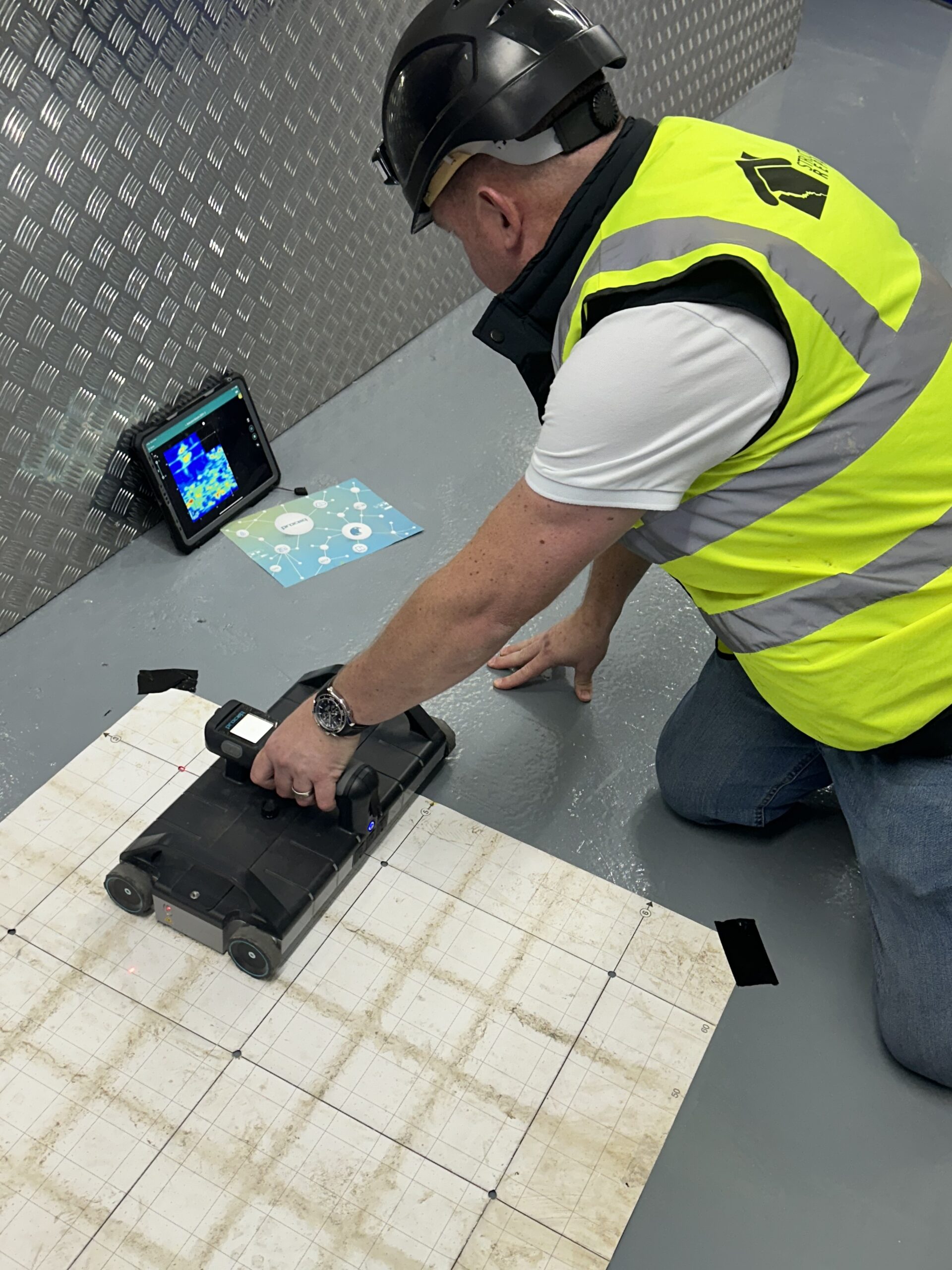Concrete Scanning: An Essential Step In The Direction Of Ensuring Architectural Integrity and Security
In the world of building and facilities maintenance, the relevance of concrete scanning can not be overemphasized. This thorough process holds the essential to unveiling prospective dangers concealed under the surface area of relatively solid structures. By employing innovative modern technology and techniques, concrete scanning works as a critical device in ensuring that the integrity and safety and security of buildings and bridges are maintained to the highest requirements. Nevertheless, beyond its surface-level ramifications, the role of concrete scanning prolongs far deeper than fulfills the eye.
Importance of Concrete Scanning
Concrete scanning plays an important duty in ensuring the architectural integrity and security of structures and facilities tasks. By utilizing advanced modern technologies such as ground-penetrating radar (GPR) and electro-magnetic induction, specialists can non-destructively examine concrete frameworks to spot prospective flaws, gaps, embedded items, and reinforcement layout. This procedure makes it possible for very early detection of abnormalities that could compromise the stability of a structure, avoiding costly damages and guaranteeing the safety of passengers.
Before exploration, reducing, or coring right into concrete, scanning assists determine the accurate areas of rebar, post-tension cords, and various other ingrained components, minimizing the threat of unintended hits that can lead to architectural weak points. Furthermore, concrete scanning help in high quality control by validating the density of concrete covers and discovering any kind of disparities that might influence the overall durability of the structure.
Modern Technology for Concrete Examination

Benefits of Early Discovery
Timely detection of structural concerns can dramatically reduce risks and guarantee the durability of building tasks. By determining potential troubles at an early stage in the building procedure, stakeholders can take aggressive measures to resolve concerns prior to they rise right into bigger and extra costly problems. One of the key benefits of early discovery is the avoidance of architectural failings, which can present major security threats and cause job delays and financial losses.
Moreover, very early discovery allows for prompt fixings and maintenance, which can assist expand the lifespan of the structure. By attending to problems immediately, construction groups can stay clear of costly repair services and even the demand for premature replacement of structural elements. This aggressive approach not only saves money and time but additionally boosts the overall safety and longevity of the building and construction job.
In addition, early discovery can enhance project preparation and decision-making by offering stakeholders with useful insights right into the condition of the framework. Armed with this details, job supervisors can make informed selections relating to construction timelines, materials, and techniques, leading to more effective and successful job end results.
Guaranteeing Architectural Security
Making sure the architectural security of a building project is extremely important to its safety and security and longevity. Architectural security refers to the capacity of a building or framework to keep its type and function under numerous loads and ecological problems. To achieve this, comprehensive assessment and monitoring of the framework are essential. Concrete scanning plays a vital function in guaranteeing architectural security by identifying possible problems such as spaces, delamination, or support deterioration that could jeopardize the honesty of the framework with time.
By utilizing sophisticated scanning modern go to this web-site technologies like ground-penetrating radar (GPR) and electromagnetic induction, construction experts can non-invasively check concrete structures to recognize areas of worry underneath the surface. This proactive approach enables the early detection of weaknesses or problems, allowing timely fixings or support to stop architectural failings.
Normal concrete scanning throughout different construction stages and throughout the life cycle of a structure can aid preserve its stability, reduce threats, and make certain the safety and security of passengers. By prioritizing click resources architectural stability through concrete scanning, construction projects can boost their durability and sturdiness, inevitably adding to greater safety and durability.
Protecting Against Important Failures
Applying regular examinations, such as concrete scanning, can disclose concealed flaws like voids, cracks, or deterioration that can compromise the stability of a framework. By making use of advanced scanning technologies like Ground Permeating Radar (GPR) or Concrete X-ray, designers can non-destructively analyze the problem of concrete and determine weak points that need support or repair work.

Final Thought
In final thought, concrete scanning plays a critical function in making sure architectural honesty and safety and security by utilizing innovative technology for very early discovery of prospective concerns. This positive technique helps prevent essential failings and makes sure the stability continue reading this of structures. It is necessary to focus on concrete inspection as a typical practice to secure the longevity and security of buildings and infrastructure.
Concrete scanning plays a vital role in ensuring the structural stability and security of buildings and facilities projects. Additionally, concrete scanning help in quality control by verifying the density of concrete covers and discovering any inconsistencies that may impact the total durability of the framework. Concrete scanning plays a vital duty in guaranteeing architectural security by identifying potential concerns such as gaps, delamination, or support deterioration that might endanger the stability of the structure over time.

In conclusion, concrete scanning plays an essential function in guaranteeing structural integrity and safety and security by making use of innovative innovation for early detection of potential issues.